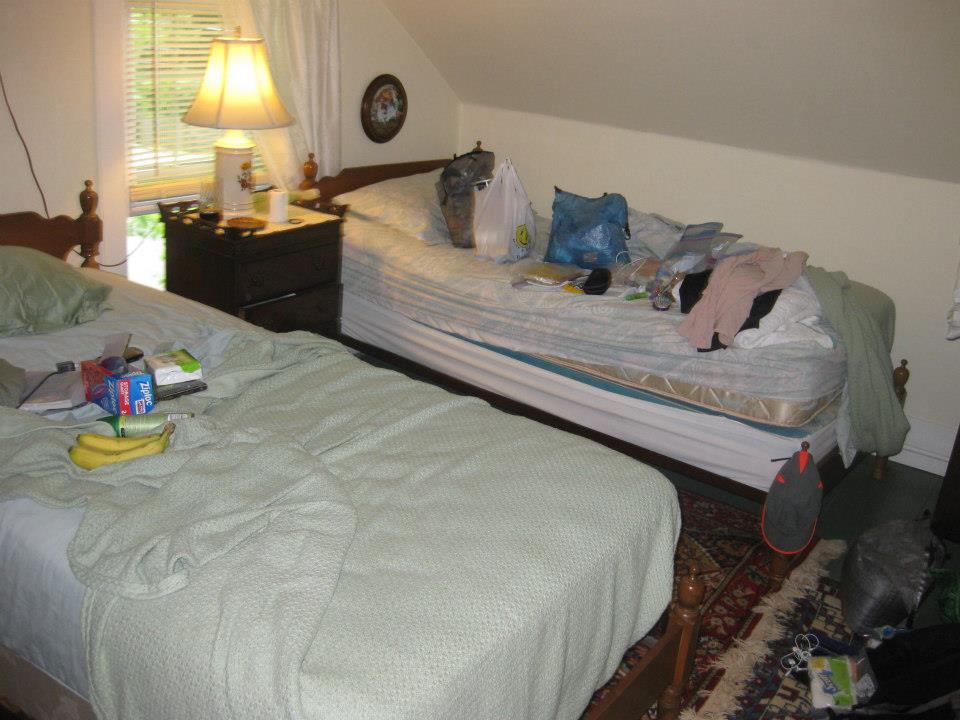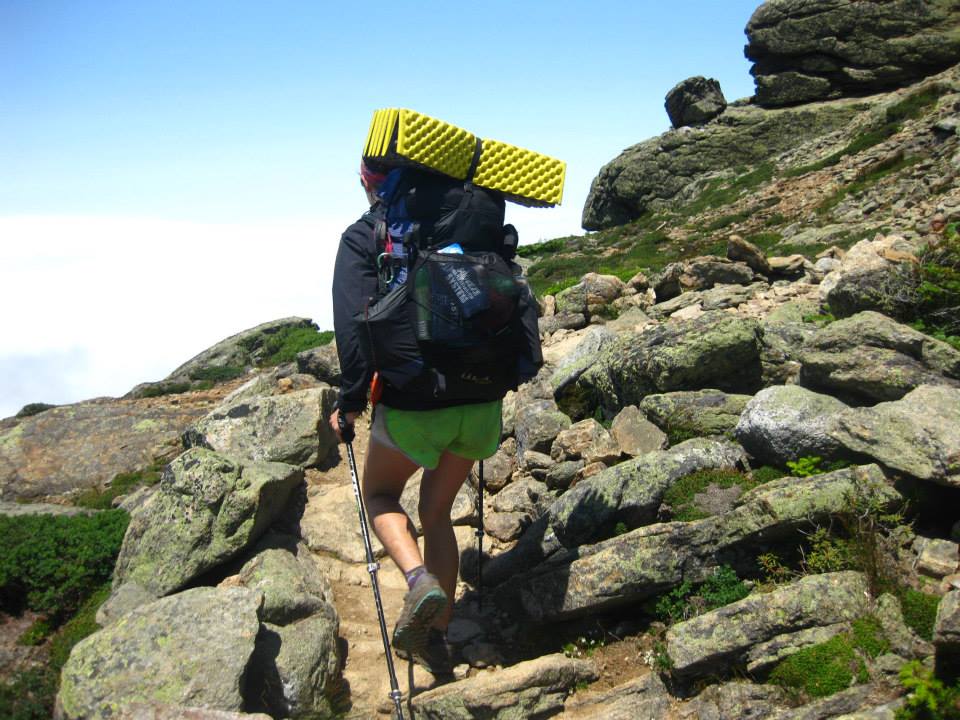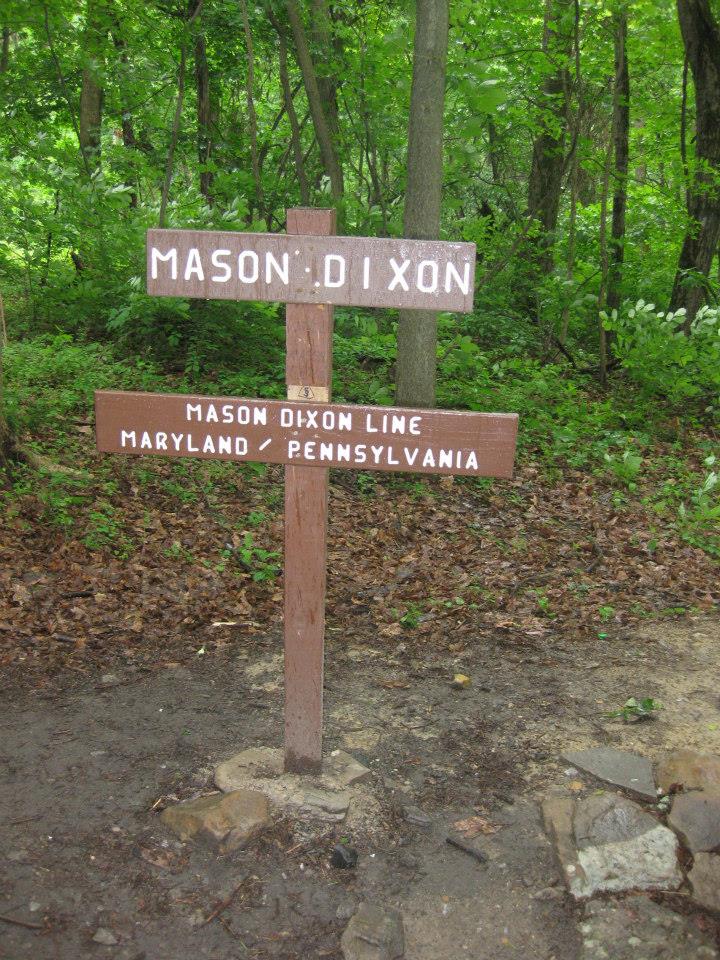How Much Does a Thru-Hike of the Appalachian Trail Really Cost?
When I first heard about the Appalachian Trail, I knew it’d be a tremendous undertaking. But I had no idea how to quantify it. With very little backcountry experience, I kept wondering: How much does a thru-hike of the Appalachian Trail cost? Would it take five lost toenails, an injured knee and a sore ego to make it to the end of the trail? Would I have to exchange years of my life to make it to Katahdin? Or could I get by with my life’s savings, and call it complete?
The internet told me that a standard hiker should expect to spend about $5,000 on their journey. But I didn’t want to leave my potential success to chance, so I stuffed $10,000 away before allowing myself to hike. By the end of my thru-hike, I’d spent about $6,000, including gear. I was on trail for almost exactly four and a half months, and I didn’t spare myself luxuries when I truly needed them. But I also chose to hike in the rain and opted for more affordable food options when they were available to me. Here are some important considerations for those who are designing a thru-hike budget.
The Thru-hike Budget
One of the most common reasons that hikers prematurely end their adventures is money. Avoiding this common pitfall is as simple as measuring your time. In other words, the longer you’re in town, the longer it’ll take you to get to the end of the trail, and the more expensive your hike will be. While it’s impossible to entirely avoid town, those who are worried about their budget can make the decision to resupply and then head back to the trail, or reduce the amount of time that they’re spending in hotels—ultimately forgoing some town luxuries is likely to reduce the cost of your hike.
The Frugal Hike
Hikers on a strict budget can drastically reduce common creature comforts in town and on trail in order to meet their financial goals. Everyone is different, but if you take steps like lowering alcohol expenses (those IPAs add up fast), avoiding gear upgrades, sharing lodging with other hikers and getting in and out of town quickly, you’re much more likely to extend your financial hiking window. If they’re extremely strict, frugal hikers may be able to complete the trail on as few as $3,000. But it’ll be tough!
The Standard Hike
Standard hikers eat when they’re hungry, and spend the night in a shared hotel or hostel about once per week. This style of hiking will allow you to tackle your journey with a little more comfort than a frugal hike. But it also means that there will be days when you’ll have to hike out of town in the rain, or patch your gear instead of replacing it. Standard hikers may be able to complete the trail for about $5,000.
The Luxurious Hike
If you’re someone who prefers your own hotel room and wants to stop at restaurants for a meal every time an opportunity presents itself, it may be best to plan for a luxurious hike. This means that you should create a budget that gives you lots of wiggle room for updates to your gear system and other potential expenses. A luxurious hiker may require $9,000-10,000 dollars to thru-hike, depending on the type and number of luxuries in which they partake.

How to Meet Your Budget Goals
Hiking the Appalachian Trail is an ambitious endeavor in more than one way. And if you’re worried about overdoing it financially, don’t stress too much. There are a number of different strategies that you can implement to keep yourself on track to meet your thru-hike budget goals:
- Prepare mail drops prior to your hike: While mail drops require the added expense of postage, you can often save some money on resupplies by buying food in bulk or by dehydrating your own food and having someone ship you your food when you’re ready to resupply. Asking your friends and family to send maildrops is a good way to allow them to participate in your hike, as well.
- Dig through hiker boxes for extra food: The Appalachian Trail has hiker boxes in almost every town. These are places where you can leave items behind or take what you need. Hiker boxes usually have food that someone else tossed from their own resupply, often because they overpacked or can’t stand the idea of eating another Clifbar. If you want to supplement your resupply, add a few of these items to your own food bag. This may help you to bulk up on calories without forking out tons of cash.
- Split bulk food with other hikers: If you end up hiking with a trail family, it can be more cost-effective to buy food in bulk and repackage it between you. This strategy can be helpful if you have similar food preferences, but it may be difficult if you have dietary restrictions or specific resupply desires.
- Split hotel rooms with other hikers: Another good way to save a few bucks is by splitting hotel rooms with other hikers. It’s often possible to team up with a few hikers for a town stay a day or two prior to your resupply. Then, instead of spending $100 on a shower and a bed, it might end up looking more like $25 or $50.
- Skip the alcohol: Drinking a beer or a nice cocktail after spending a bunch of time in the backcountry can be a nice experience. But it’s also usually pretty expensive. Skipping the alcohol is a good way to cut back on food and beverage expenses. Or if you really have to have a drink, consider making your own from a grocery run versus a more expensive drink in a bar or restaurant.
- Learn to repair gear: Knowing how to patch your sleeping bag, tent, and puffy can go a long way. Instead of replacing these expensive items when they become torn, you can stretch their life a little longer by repairing them. You might also be able to fix other people’s rejected items from hiker boxes, allowing you to minimize the cost you’re spending on gear repairs.
Saving Before You Start
One thing that hikers don’t often discuss is that setting yourself up for financial success on a thru-hike actually begins at home. If you can forgo luxuries at home, you’re going to be able to give yourself a little extra financial wiggle room while hiking, possibly allowing yourself a few extra luxuries on trail when mentally you might really need it. Having the ability to splurge when you need to for your mental or physical health can be the difference between ending your hike or finishing. Budgeting for your thru-hike is essential to the success of your journey. And the more preparations you make before you begin, the less you’ll have to worry about once you head to the Appalachian Trail so you can focus on the adventure of a lifetime instead of your bank account.
Related Posts:
- Homemade Backpacking Meals, Just Add Water
- Cold-Soak Backpacking Meals
- Budgeting for Your Next Thru-hike
 About the Author
About the Author
Mary Beth Skylis has been lucky enough to begin her life of outdoor pursuits on long trails, hiking the 2200-mile Appalachian Trail, the 458-mile Colorado Trail and part of the Annapurna Circuit. She has feasted her eyes on the snowy Himalayan peaks, watched aggressive rhinos contemplating a charge, and observed Costa Rican monkeys leaping through the air. Her work can be found in Backpacker Magazine, Outside Magazine, and Yoga Journal.


